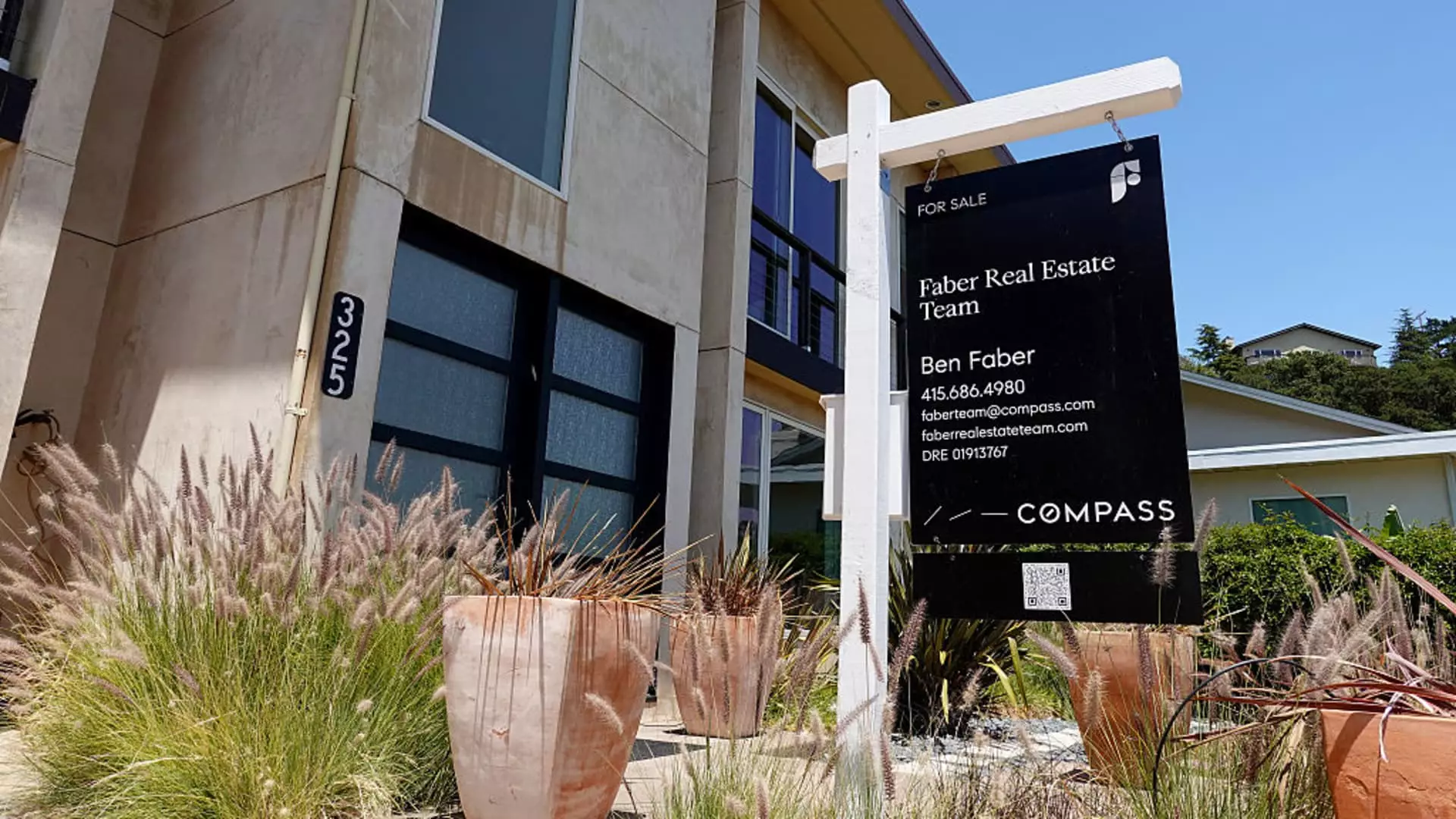In a surprising twist for an industry often marked by volatility, the housing market is experiencing a notable calming phase. As supply grows steadily and demand begins to ease, home prices are taking a breather, with a slight national dip documented in the most recent S&P CoreLogic Case-Shiller Index. Just a 2.7% rise in home prices year-over-year signals a significant shift from earlier months which saw increases near 3.4%. Although some fear this cooling may spiral into a serious crisis reminiscent of the Great Recession, it is essential to unpack this phenomenon critically.
One of the most telling aspects of this cooling trend is the evolution of regional dynamics. During the pandemic, regions like the Sun Belt surged economically, with populations flocking and driving prices into the stratosphere. Now, the tides are shifting. Regions once dubbed ‘pandemic darlings’ are losing momentum, while historically stable markets in the Northeast and Midwest welcome renewed interest. For better or for worse, this reallocation of desirability showcases an economy reacting to fundamental needs rather than whimsical trends.
Shifting Fortunes: The Tale of Two Markets
Take, for example, New York, which recently posted an impressive 7.9% annual price increase—a stark contrast to areas like Tampa and Dallas, which have both seen declines. Markets in the Midwest and Northeast appear to be maturing, transitioning from speculative investments to sustainable growth models. This is a crucial acknowledgment for conservative economists as it reveals the potential for long-term stability rather than temporary bubbles.
Still, one cannot overlook the damper effect that rising mortgage rates have had on first-time buyers. With rates bouncing above 7%, potential homeowners are feeling squeezed. Consequently, the share of first-time buyers has decreased markedly from its historical average of around 40%, plummeting to a mere 30%. This should alarm us; fewer new buyers entering the market can lead to diminished overall activity, resulting in stagnation.
Yet, amid navigable waters, there are glimmers of hope. While price corrections may seem looming, current statistics suggest we are far from the freefall that occurred post-2008. Approximately 6% of sellers are at risk of selling at a loss, only slightly elevated compared to last year—a figure that, while concerning, remains reassuringly low from a historical perspective.
The Supply-Demand Equation: A Stabilizing Factor
What stands out is the degree of supply constraints still governing the market. Existing homeowners are understandably reluctant to let go of their sub-4% mortgages, and new construction is falling short of true demand. Consequently, this uneven balance acts as a buffer against catastrophic price corrections. The continued hesitance among homeowners to sell at a loss suggests that despite the apparent cooling, we are not teetering on the edge of a crisis.
Nicholas Godec from S&P Dow Jones Indices rightly points out that this balanced approach signals a market founded on enduring principles rather than unfounded speculation. The stabilization offers a silver lining to those of us who tend to lean center-right in our economic views. There lies a beauty in this maturation—consumers weighing their options, larger players stepping back to reevaluate investments, and a general sense of critically assessing the housing landscape.
A Cautiously Optimistic Outlook
The housing landscape, with all its array of complexities, cannot be understated. Political intervention and economic policy will inevitably play a significant role moving forward. It stands crucial for future policies to support first-time buyers, as they are the lifeblood of a robust housing market. As we navigate through these cooling prices, we should advocate for strategies that make homeownership more accessible, particularly in a convoluted economic climate.
As prices cool and the housing market experiences significant flux, we must remember that cooling doesn’t equate to collapse. Recognizing these shifts offers an opportunity for rational optimism, fostering a real estate market grounded in sustainable practices rather than mere speculation.

